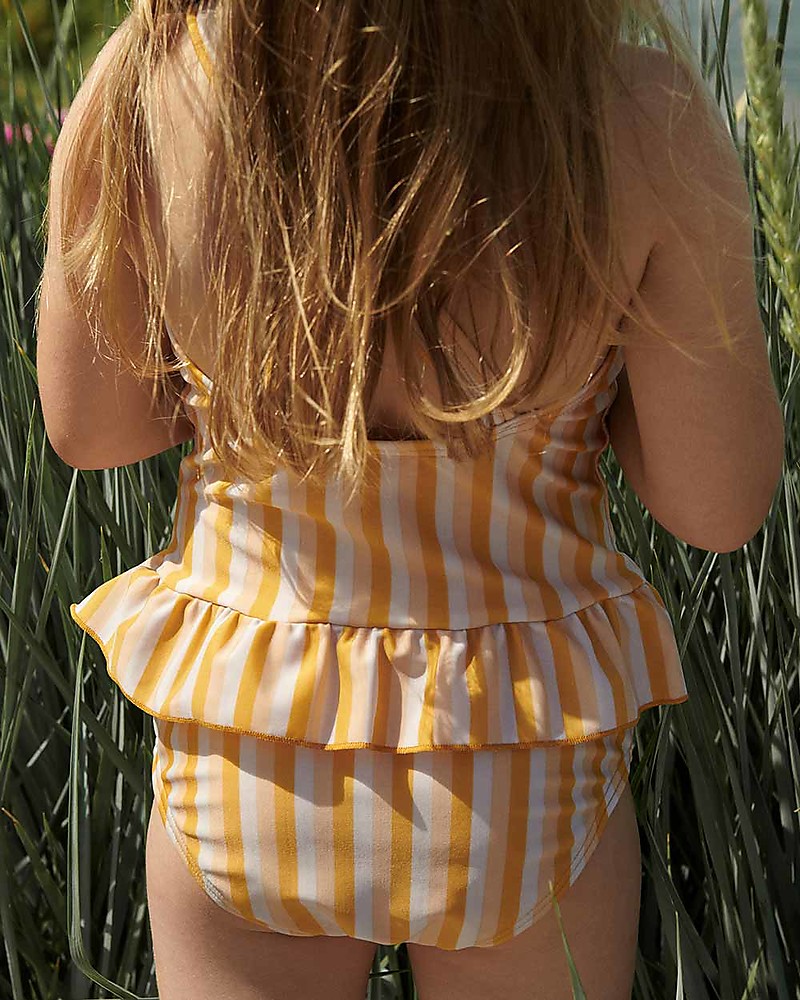
The most common issue gardeners face is yellowing peach leaves. By reading this guide, you will be able to know, Why Peach Tree Leaves Turning Yellow in Summer: Guide to Fix. Your peach leaves turning yellow could be due to a number of factors. Have the leaves on your fruit tree started to turn yellow recently? Peach plants have yellowing leaves, which is a huge problem when trying to grow them. Like many other fruiting trees, this one has its share of issues. Planting this peach fruit is a difficult task. According to the type of stone, they can be shattered. Sweet, juicy, and with a lovely aroma, it has yellowish-white flesh. As a sort of fruit, peach is large, spherical, and easy to peel because of its velvety, thin skin. It is somewhat of the gold standard for commercial peach orchards, as it is tolerant of low winter temperatures and a reliable producer.It is a well-known fact that a peach is a lovely specimen. Red Haven is a hybrid introduced in 1940 that is a consistent producer of semi-freestone peaches of moderate size with firm flesh and good flavor. The list is improbably long for yellow fleshed peaches and the above is only a small selection based only on the number of days from ripening after Red Haven. Sentry produces medium to large peaches, has low susceptibility to bacterial spot, and ripens around the second week of July. Ruby Prince is a medium-sized, semi-clingstone peach that has a melting flesh and good flavor. Harrow Dawn produces medium peaches that are recommended for home orchards.

Spring Prince is another small to medium clingstone with fair to good flavor.Įarly Star has firm, melting flesh and is very productive. Sunbrite is a small to medium, clingstone peach that ripens around June 28-July 3.įlamin Fury is a small to medium, scarlet over greenish yellow clingstone with medium, firm flesh and good flavor.Ĭarored is an early-season, small to medium, yellow flesh clingstone peach with “melting” good flavor. Spring Flame is a medium, semi-clingstone with good fruit size and flavor and a high susceptibility to bacterial spot.ĭesire NJ 350 is a medium-sized, red over yellow colored clingstone. Queencrest is similar in all respects to Rich May but ripens slightly later. Rich May is a small to medium early-season variety, primarily red over yellow green clingstone with firm flesh and acidic taste and a medium susceptibility to bacterial spot. Semi-clingstone or semi-freestone, just means that the fruit is primarily freestone by the time it has ripened. People that want to eat peaches fresh out of hand often prefer freestone yellow peaches. They often have fibrous, firm flesh and are usually the early-season, yellow peach varieties.įreestone refers to peaches where the flesh easily separates from the pit when the fruit is cut in half. Clingstone yellow peach cultivars are those whose flesh adheres to the pit. Perhaps the biggest choice a prospective grower must make is whether to grow clingstone, freestone, or semi-clingstone fruit. Unlike apple varieties, most peaches look similar to the average person, so no singular variety has dominated the market, which allows peach tree breeders to continue to come up with new improved varieties. Of course, not all of these cultivars are available on the market. There are over 4,000 peach and nectarine varieties with new ones constantly being bred.

Peaches that are yellow are just a matter of preference and to those that prefer yellow flesh peaches, there are countless yellow peach cultivars.


Peaches may be either white or yellow (or fuzz-less, otherwise known as a nectarine) but regardless they have the same ripening range and characteristics.


 0 kommentar(er)
0 kommentar(er)
